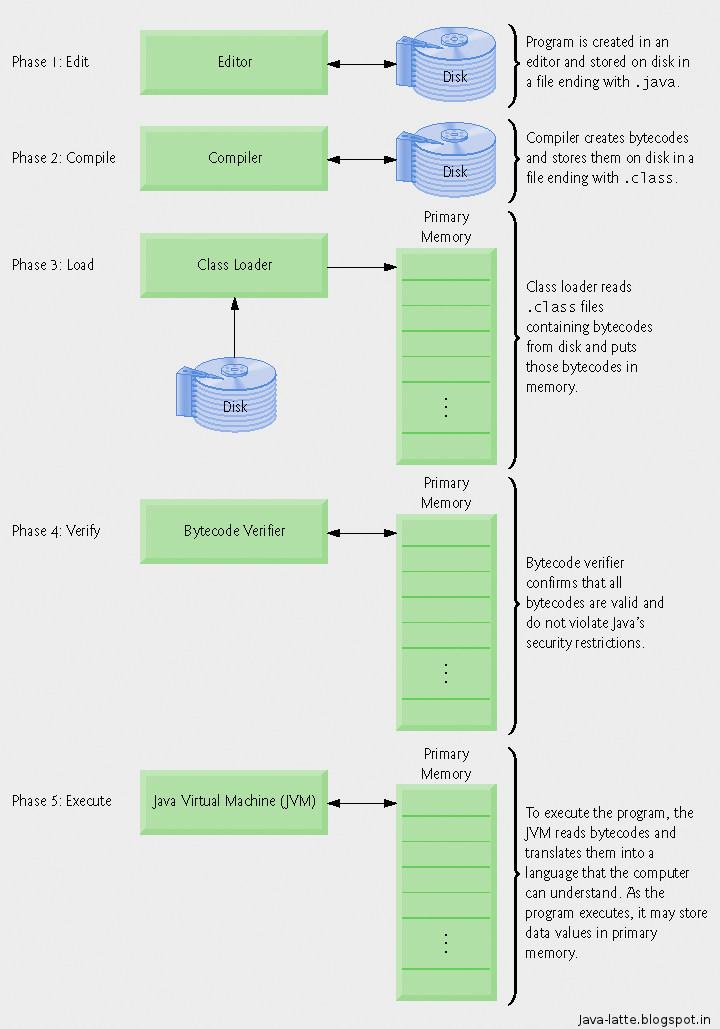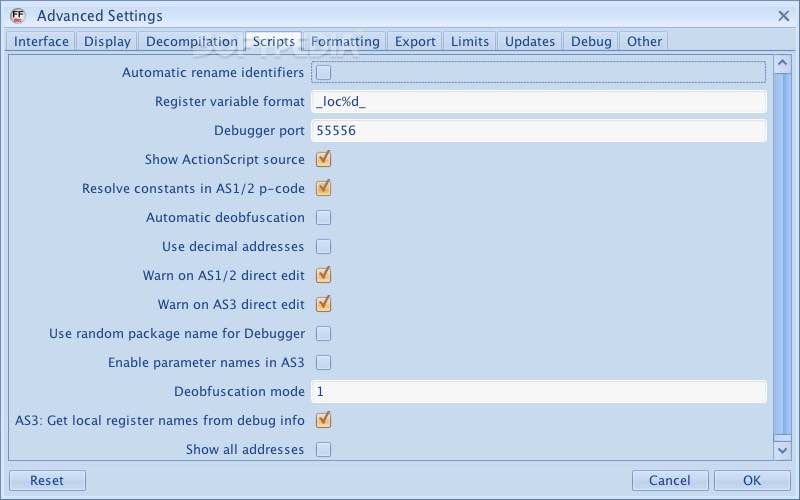
Or, since we have a native executable prepared, you can run that directly. You can run it as a normal Java application using java. To run the application, you need to execute the JAR file in the target directory. It should have produced the executable file, helloworld. It takes a few parameters: the classpath, the main class of the application with -H:Class=., and the name of the resulting executable with -H:Name=.Īfter executing the native-image command, check the directory. target/ -H:Name=helloworld -H:Class=hello.JavaHello -H:+ReportUnsupportedElementsAtRuntime $JAVA_HOME/bin/native-image -no-fallback -cp. The native-image utility compiles the application ahead-of-time for faster startup and lower general overhead at runtime. Have a look at the build.sh script which creates a native executable from a Java class. Note that your paths are likely to be different depending on the download location.ģ. Setx /M PATH "C:\Progra~1\Java\\bin %PATH%" On Windows: setx /M JAVA_HOME "C:\Progra~1\Java\" On Linux: export JAVA_HOME=/home/$/path/to/graalvm/Contents/Home

Download GraalVM, unzip the archive, export the GraalVM home directory as the $JAVA_HOME and add $JAVA_HOME/bin to the PATH environment variable: However, javac from GraalVM in the build script is used to simplify the prerequisites so another JDK does not need to be installed.Ģ.

Note: You can use any JDK for building the application. Download or clone the repository and navigate into the java-kotlin-aot directory: This example demonstrates how to compile a Java and Kotlin application ahead-of-time into a native executable, and illustrates the advantages.ġ. Build a Native Image of a Java and Kotlin Application


 0 kommentar(er)
0 kommentar(er)
